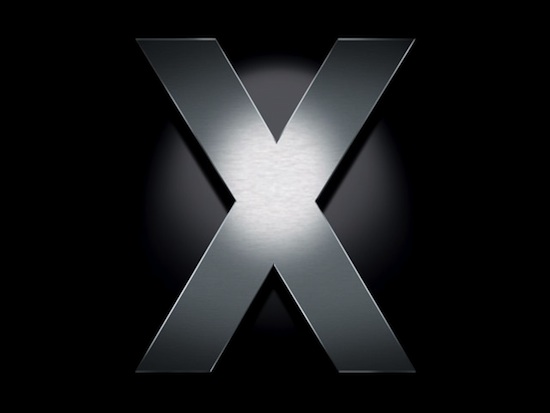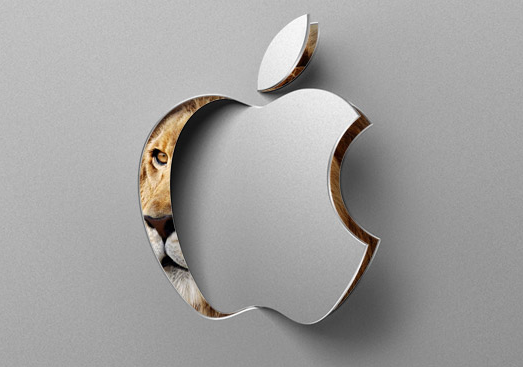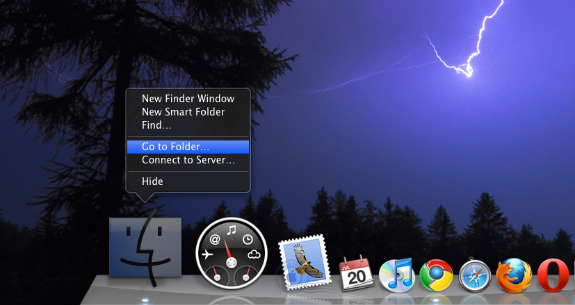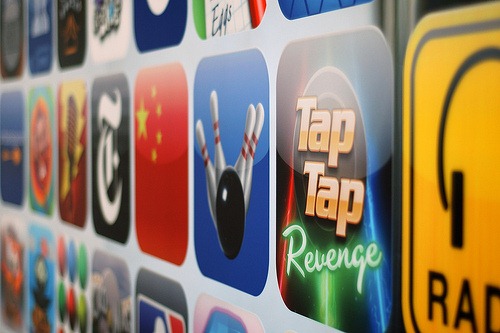Reflections on the future of Mac OS X

Today, Mac OS X is often taken for granted. Of course, we love this operating system and all the programs we use. But let's look back and remember what's new in this OS has appeared recently. Eighteen months ago, Mac OS X 10.6 Snow Leopard was introduced, which did not offer any radical updates. The last significant user interface enhancement was noted in Mac OS X 10.5 Leopard, which, for a minute, went on sale more than three years ago.
If Mac OS X recently has not been paid due attention from Apple, then the reason is most likely Steve Jobs's new favorite, iOS. Just remember: since the launch of the Leopard market, the mobile operating system has managed to go through several significant updates, each of which has seriously enriched the functionality of the iPhone, iPad and iPod touch.
')
At the October conference called “Back to the Mac,” Apple finally introduced a new Mac OS X 10.7 Lion operating system, which will begin to be sold in summer 2011. Only a few functions of the system were quickly demonstrated, for which it is still difficult to say what this “Lion” will turn out to be: another 29-dollar option of the type Snow Leopard or a stuffed 129-dollar blockbuster like Leopard. But the details that we were able to find out, speak of one obvious trend.

Developing a new generation of Mac OS X, Apple was inspired by a key feature of the iOS system - its simplicity. Just as Mac OS X used to be an order of magnitude easier to use than command-line systems, iOS and its simplicity are contrasted with Mac OS X and other more powerful, but also more complex, desktop OSs. Apple said it plans to take advantage of the knowledge gained from creating iOS to make Mac OS X more accessible and easier to use.
Problem with apps
Take, for example, the most basic task for the operating system - installing and running applications. Experienced Mac users can perform these tasks even blindfolded, but try to explain this process to a newbie. In a complex system of compressed files, disk images, and installer applications, even a "makovod" with experience can get confused.
First you need to download the distribution kit and trace where it has been preserved. When you find it, the question arises: is it an installation file or the program itself? After installing the application, should it be dragged to the dock or run directly from here? And after that, what to do with the image of the disk? Uninstallation makes things worse. Mac OS X does not offer a universal solution for this task. Sometimes it is enough just to drag the program icon to the trash and it will be removed. But applications that require a multi-step installer to install will require a special application to uninstall.
Now compare all this with iOS, where installing the application is just a matter of one “tapa”. Removal of programs is no less easy, and the method is universal for all types of applications. Ease of installation (if you do not take into account the affordability of the price) is one of the main reasons why people are so actively and willingly buying applications for their iOS devices. People who are frightened by the complexity of installing programs on Mac OS X are happy to continue to “tap” until the next iPhone or iPad screen is filled with application icons.
Apple listened carefully to the wishes of its customers. And the Mac App Store, which is being prepared for opening, will have to give computer users the simplicity with which they purchase programs for iOS: one-click purchase and installation, detailed information about the download and installation process, and a clear indication of the installation path for the application. Unfortunately, Apple did not demonstrate the process of uninstalling Apple software at its October event. But rest assured: it will be as simple and convenient as iOS.
Search without Finder
Dock Mac OS X has already come a long way to improve the process of launching applications on Mac. However, when the user is forced to go beyond the dock, everything becomes noticeably worse. The Finder search tool is a big step towards complicating a simple row of icons on the dock. There is another point approach offered by Spotlight; however, the fact that it is necessary to type in search queries indicates that the battle for simplicity is already lost.

iOS brought the concept of the dock to a new level. Instead of simply placing the most frequently used applications in a row, it organizes all applications into a series of icon blocks. Of course, at worst, you can use the search, but with the Finder in iOS nothing can be compared.
Apparently, at the moment, Apple is thinking about the question: is there any need for a Finder in Mac OS X? Launchpad Launchpad, which appeared in Lion, introduced to Mac the principle of building program icons, similar to that used in iOS. Thus, she took over the function of the Finder as a tool for finding applications that are not on the dock. While Mac applications are increasingly using the library metaphor inherited from iTunes and iPhoto, the need to directly interact with files through the file system gradually disappears.
Towards the ideal of iOS
It is also worth noting that the operating system often influences the design of applications, since its development tools are installed by applications integrated into the OS. The new Apple course is that now applications for Mac OS X will increasingly resemble software products for iOS.
For example: applications for iOS occupy the entire screen of the device. This is a very rational decision, if we take into account the compact dimensions of the screens of mobile devices. From now on, developers for Mac are also encouraged to use full-screen mode in their products. Apple itself has already managed to demonstrate how this can work in the new version of its graphic editor iPhoto. Future versions of Mac OS X will provide convenient ways to switch between running applications without having to exit full-screen mode. What does it look like? That's right, multitasking in iOS 4.

Due to the limited memory resource of mobile devices, iOS has only recently begun to support the ability to run multiple applications simultaneously. At the same time, there should be a constant possibility of unloading applications from memory and output from the background so that they are in the state in which you left them. This means that there is no full-featured save function in iOS applications: all data is saved automatically.
Although desktop computers do not suffer from such hardware limitations, Apple decided that applications for Mac OS X should behave in a similar way. It is expected that future versions of the system will include built-in support for automatically saving data and restoring application state. It is even possible that the dock will no longer visually notify that the application is working: if the state of the application is never lost, the differences between running and non-working programs will no longer matter.
Conclusion
There are many traditional areas in which Mac OS X continues to evolve: the transition to 64 bits will be completed, support for flash memory will be improved (perhaps with the advent of a new and more modern file system), and the performance of 3D graphics will receive a fair amount of attention.
However, all these efforts will fade into the background in accordance with the new course that Apple has taken on Mac OS X. From the experience with iOS, the company, it seems, was able to discover the secret of the success of sales of technology products: simplicity. This does not mean that the Mac OS X that we know and love will be erased from the face of the earth. On the contrary: having absorbed the most successful ideas embodied in iOS, the Mac OS X of the future will get rid of its well-known drawbacks and make a choice in favor of convenience, simplicity and efficiency. But haven't we always appreciated these qualities on a Mac?
Source: appleinsider.ru , article translated from macworld.com
Source: https://habr.com/ru/post/109105/
All Articles